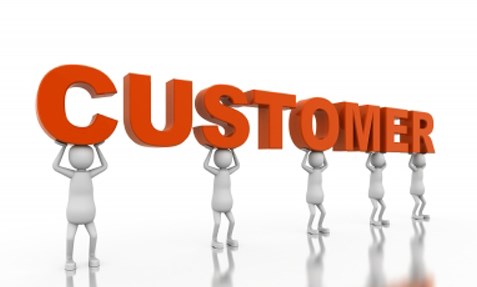Blog

Keeping up with customer demand: first steps to make multi-channel retailing consistent
It can happen incrementally, and with or without a comprehensive, foresighted plan. But it's safe to say that most retailers today are fully engaged in a multi-channel sales approach, whether or not they use the term.
In just a matter of years, they have had to adjust to and embrace a myriad of new ways in which their customers engage with them, and buy. Today, that means a website, certainly, and most likely a mobile app, a social media presence through any and all available platforms, text, messaging, email, and telephone, just for starters.
Each of those (and more) is a retail channel, and technology has equipped consumers with the previously unimaginable power to choose when, where, and how they will interact with your brand in the global marketplace. If only in reaction to that changing landscape, businesses have had to adopt, and adapt to, each new channel that comes along, because a monolithic approach no longer works.
Instead of a customer going to a business, the business now has to go to where the customers are - and there's a good chance that's in their living room, office, or car, seeking instant information or service from the device of the moment. But that multi-channel approach, while necessary today, also comes with some major drawbacks.
Customers expect both convenience and consistency
Because so many businesses have moved into various channels in reaction to each new development, their varied sale channels have often grown up in silos, each presenting the customer with a different experience. That's hardly a good thing when it comes to multi-channel retailing, as nanorep, a leader in guiding the digital retail experience, recently detailed.
Customers don't confine themselves to only one channel. In fact, they may use several just in the course of a single purchase, perhaps beginning on social media then moving to the website for further research, and taking advantage of email and phone support along the way to making a purchase via a mobile app.
When those channels have a different look, feel, or style - or worse - impart different or conflicting information, there's a good chance the customer is going to be turned off, or will even abandon the purchase altogether. That's why forward-looking businesses are following the evolutionary curve from multi-channel retailing into omni-channel retailing.
The omni-channel approach, made possible by advanced software solutions, breaks down the silos to deliver a consistent, integrated, and seamless customer experience across all channels. In a time when the quality of the customer experience is of paramount importance in creating a growing and loyal customer base, as nanorep lays out, the consistency omni-channel retailing offers is the best way to ensure the customer will have a smooth and pleasant journey.
Turning multiple channels into building blocks
That's not to say that an existing multi-channel system is a misstep. In fact, it is probably the most common foundation for creating a true omni-channel solution.
-
The first step is to stop thinking of those channels (those silos, as it were) as unique entities, but to see them for what they really are: complementary parts of a whole. As in any facet of business, it can be all too easy to let processes and tactics obscure the real goal. In this case, that means it is not really about the channels at all - it's about the customers, and providing them with an experience that will keep them coming back.
-
Next, recognize that the technology to integrate and harmonize all of your existing channels and the ones that will emerge tomorrow is readily available and accessible, ensuring that every touchpoint on the customer's journey embodies the same values, information, customer focus, and commitment to excellence.
-
Unify graphics and other visual cues across channels to provide customers with familiar and comfortable emotional territory.
-
Take advantage of sophisticated customer analytics to assess and optimize the customer experience, and to understand more fully what channels customers prefer and why, insights that can foster further refinements.
It doesn't take an army of experts to define the optimal customer experience across all of your retail channels. Your customers are already doing it.



Comments